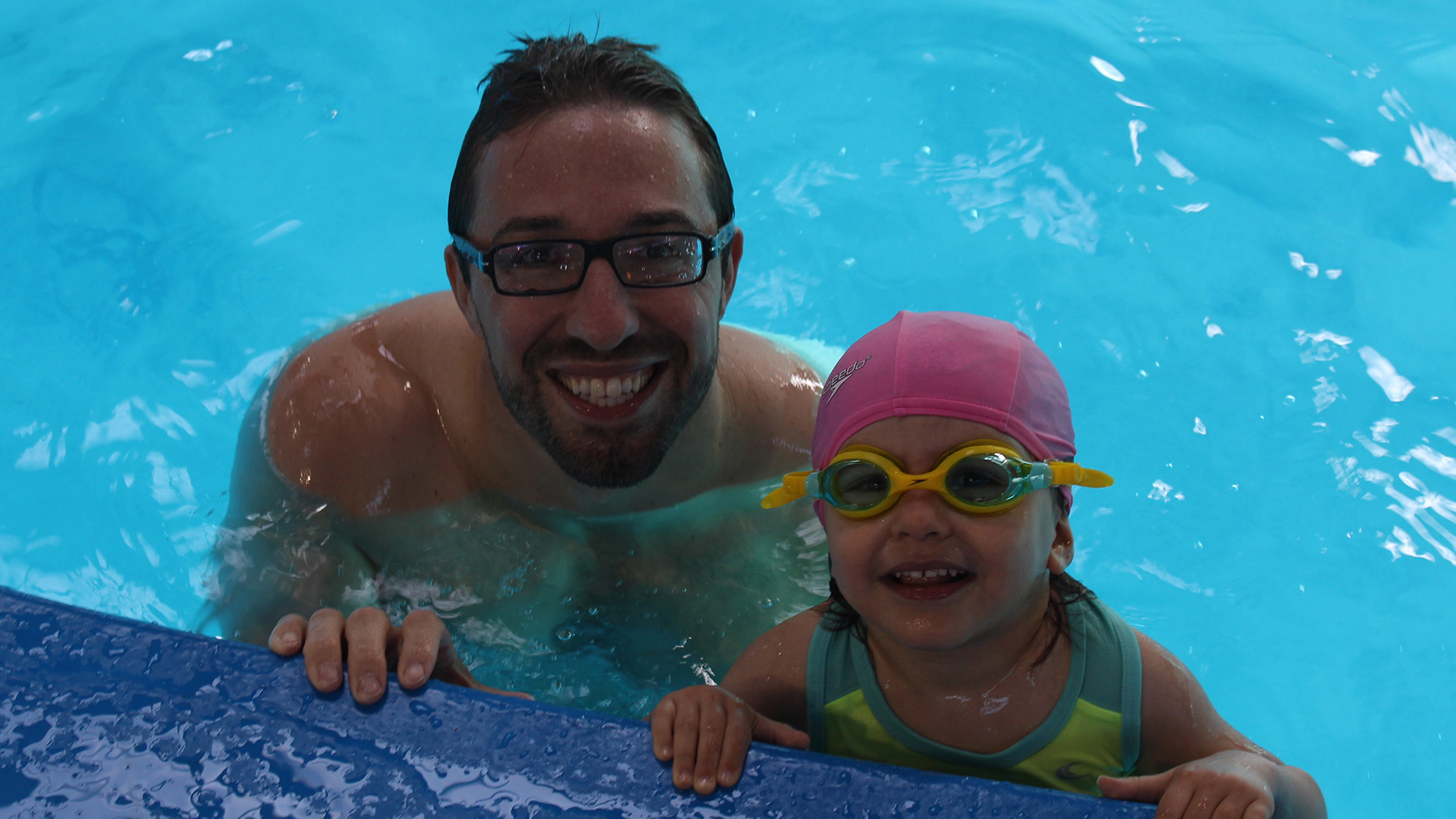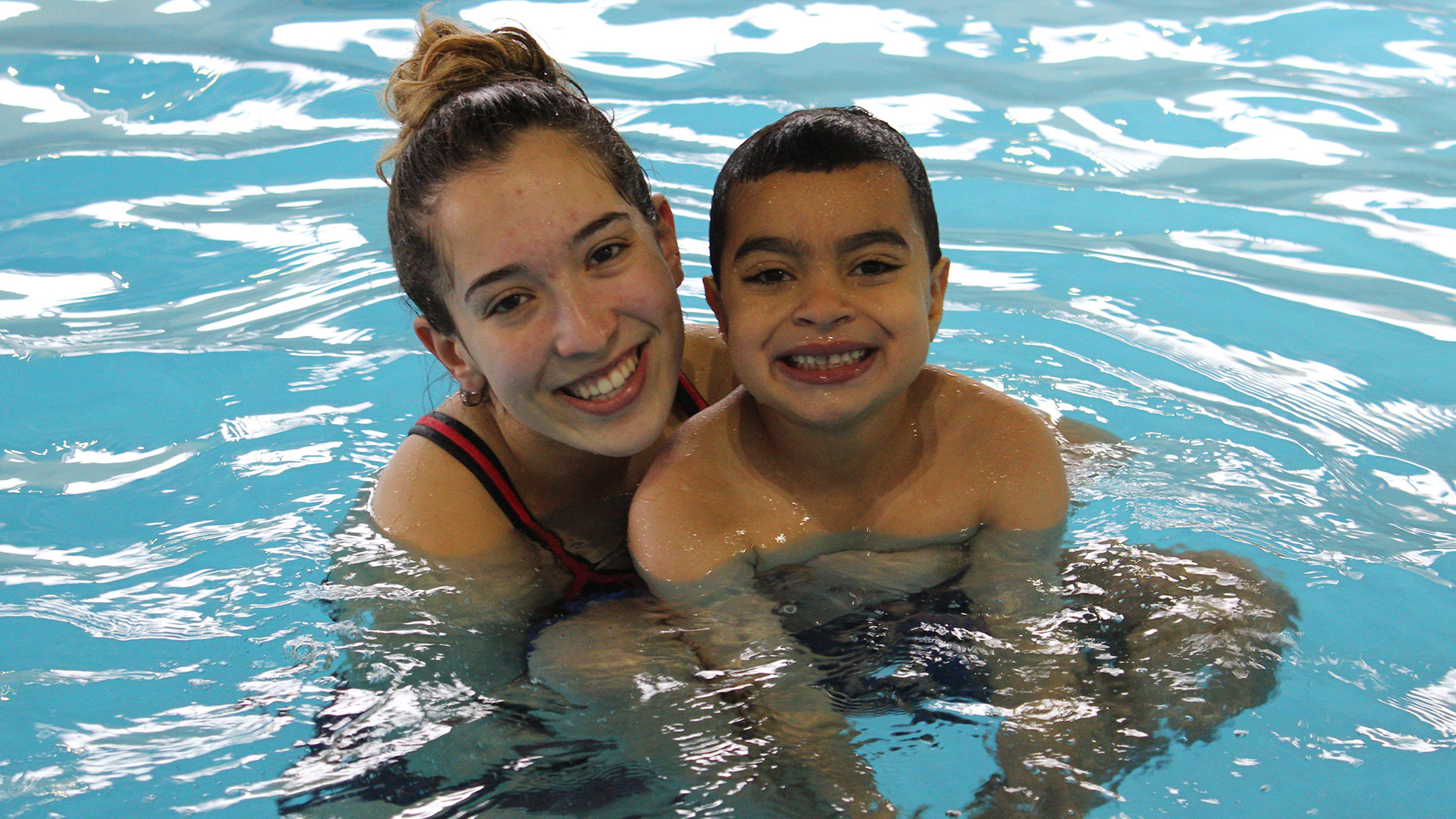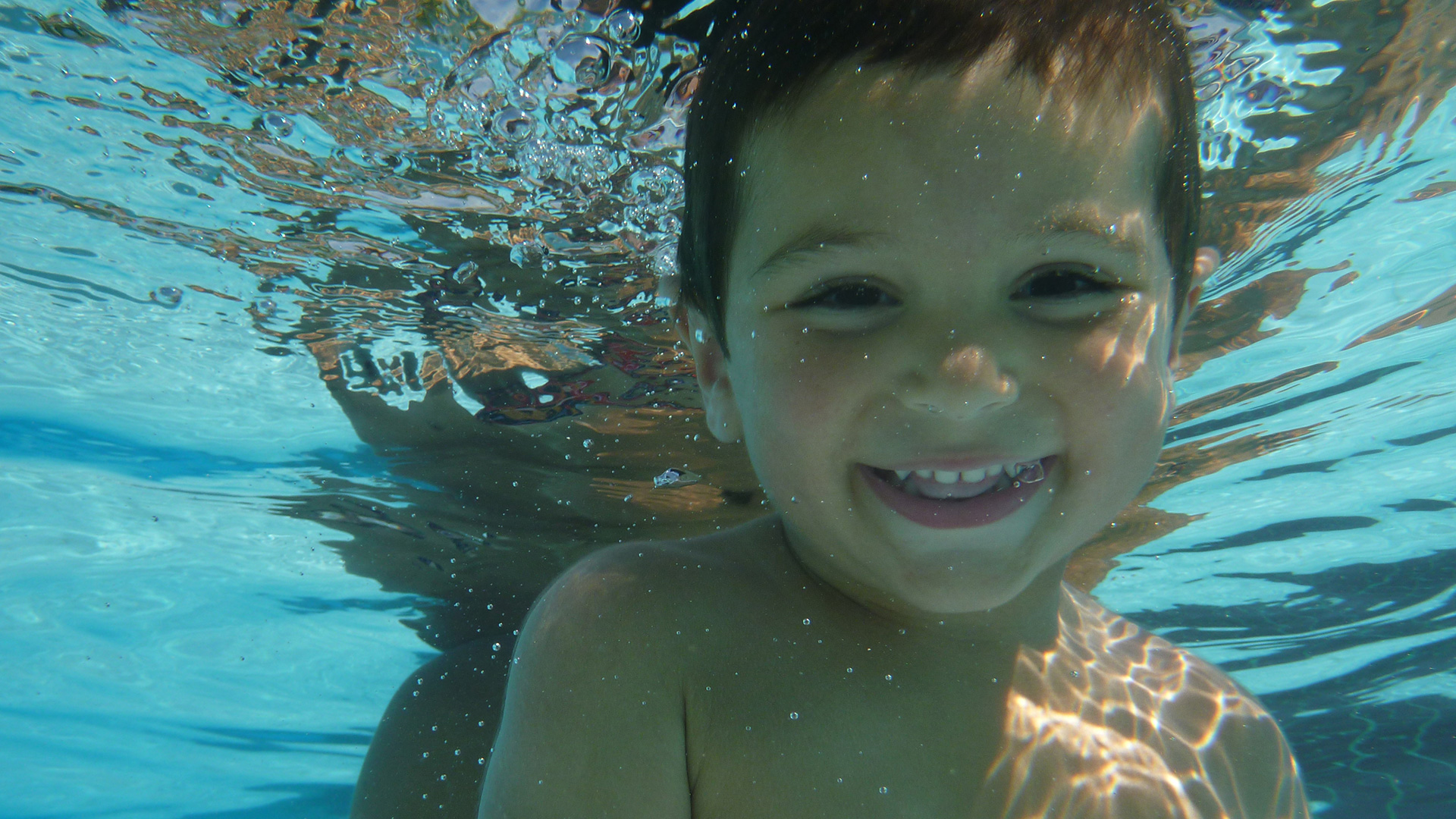Swimming is a skill that offers numerous benefits, from promoting physical health to ensuring water safety. However, the approach to teaching swimming can differ significantly depending on the intended goals—whether it’s for recreational purposes or competitive swimming. Understanding these differences is key to choosing the right method for swim instruction, and why at Canada Swim School, we adopt a “teach in motion” strategy that aligns with both recreational and competitive learning goals.
Recreational Swim Lessons: Focus on Enjoyment and Water Safety
Recreational swim lessons are designed for individuals of all ages who primarily want to learn swimming for fun, fitness, or as a life skill. These lessons focus on:
- Water Safety: One of the primary goals is to ensure swimmers feel safe and comfortable in the water. This includes teaching basic survival skills such as floating, treading water, and swimming to the edge of a pool.
- Basic Stroke Development: While stroke mechanics are taught, the emphasis is on making sure swimmers can use these strokes comfortably and safely to enjoy the water. The technical details of each stroke are often simplified to prioritize comfort and enjoyment.
- Fun and Engagement: These lessons typically incorporate games, creative drills, and activities to keep younger swimmers engaged. The lessons move at the learner’s pace and often involve more variety to maintain interest.
Recreational swimming is all about making the water a place where people want to spend time, which means lessons are lighter, more flexible, and less focused on speed or efficiency.
Competitive Swim Lessons: Mastery, Technique, and Performance
Competitive swim lessons are for individuals looking to compete in swimming as a sport. This involves a far more structured and technical approach, focusing on:
- Perfecting Stroke Mechanics: Competitive swimmers need to learn advanced techniques for each stroke (freestyle, backstroke, breaststroke, butterfly). Precision and efficiency are key, and small adjustments can make a huge difference in performance.
- Speed and Endurance Training: Competitive swimming requires building endurance for races and improving speed. Lessons will focus on drilling, interval training, and race-specific techniques like turns and starts.
- Mental Focus and Strategy: Competitive swimmers must also develop mental toughness and strategic thinking. Coaches help swimmers learn how to pace themselves, react to competition, and deal with race-day nerves.
In competitive swimming, every second counts, and even the smallest improvements in technique or efficiency can impact results. Therefore, the teaching is much more disciplined and results-driven.
Why We Teach In Motion
At Canada Swim School, we take a unique approach to swim instruction by teaching “in motion.” This method works across both recreational and competitive settings, and here’s why:
- Building Muscle Memory: Whether the goal is to enjoy swimming or compete, consistent movement in the water helps swimmers develop the muscle memory they need to perform strokes fluidly. This is especially important for beginners, as stopping and starting can break their rhythm and slow progress.
- Promoting Natural Learning: Swimming is a dynamic activity that requires constant adjustment to the water. Teaching in motion mimics real swimming conditions, helping students become comfortable and proficient in navigating the water without constant interruptions.
- Maximizing Time and Efficiency: Teaching in motion allows swimmers to spend more time practicing actual swimming rather than stopping for frequent corrections. Feedback is given as swimmers move through the water, allowing them to immediately implement adjustments.
- Encouraging Confidence: Movement in the water helps build confidence, especially for beginners who might otherwise feel anxious or unsure. It teaches them to trust their abilities while they are continuously in motion.
For competitive swimmers, teaching in motion aligns with race-day conditions, where swimmers need to continuously adapt and adjust while moving at high speeds. For recreational swimmers, this method helps them become more confident and capable in day-to-day swimming activities.
Conclusion
Whether you are learning to swim for fun or aiming to become a competitive swimmer, the teaching approach will vary depending on your goals. Recreational swim lessons focus on water safety, fun, and comfort, while competitive lessons prioritize technique, speed, and endurance. At Canada Swim School, our “teach in motion” philosophy bridges both worlds, helping swimmers of all levels build confidence, develop their skills, and enjoy their time in the water. By fostering continuous movement and engagement, we ensure that swimmers are always learning and improving, no matter their level of expertise.









